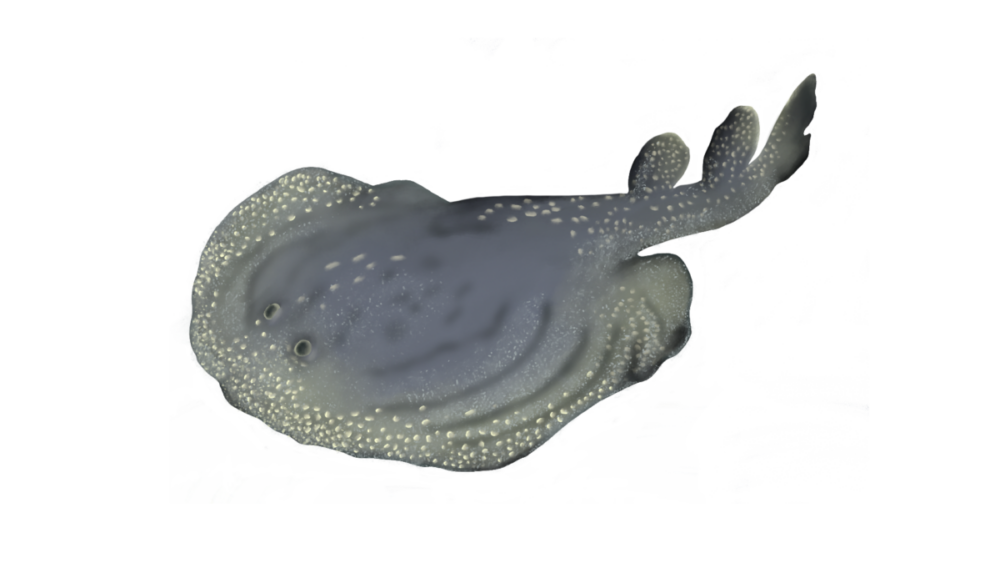About
The ornate sleeper ray is the only species of its genus (Electrolux) and was only formally described in 2007! It was named after a “well known” brand of vacuum due to its electrogenic properties and forceful sucking action when it feeds.
This species is the largest known member of the sleeper ray family (Narkidae), it is a remarkable species, with bold cream and brown markings making it incredibly conspicuous, particularly within its sandy habitat. It has been known to perform threat displays, arching its back and raising its tail when approached by SCUBA divers. Scientists believe its colouration, along with its threat display, is intended to warn other shark predators (such as Makos and Hammerheads) of its powerful electric organ.
In 2004 enough specimens were obtained to formally name the species, more than 20 years after it was first sighted in 1984. The ornate sleeper ray has been found at only five inshore sandy reef sites, all off the coast of South Africa. Its range is estimated at just 10km² around the Eastern Cape of South Africa and its habitat is very fragmented.
This species is likely to be under threat from human activities as its range is in a heavily developed coastal area used for diving, sport fishing and boating. Habitat destruction and pollution are also major risks. According to the IUCN Red List of threatened species, there is currently no conservation action in place for this species.
- Order: Torpediniformes
- Family: Narkidae
- Population: Unknown
- Trend: decreasing
- Size: Up to 52cm (?)
- Depth Range (m): 50 m
EDGE Score
Distribution
The ornate sleeper ray is currently known from just five sandy patches in rocky and artificial reefs off the Eastern Cape and KwaZulu-Natal coast of South Africa but the range could be much larger.
Habitat and Ecology
This species is known to feed on small benthic invertebrates (such as polychaetes and crustaceans) by thrusting its mouth into the sand while “walking” on its pelvic fins. Little is known of the biology of this ray, juveniles have never been encountered, and the only specimens collected to date have been adult males.
